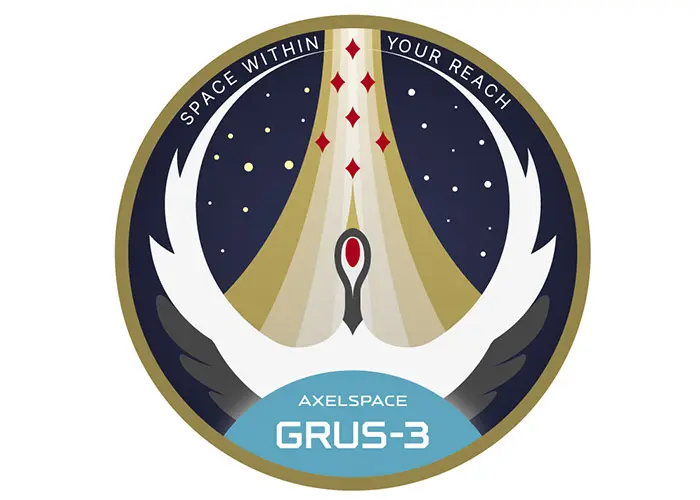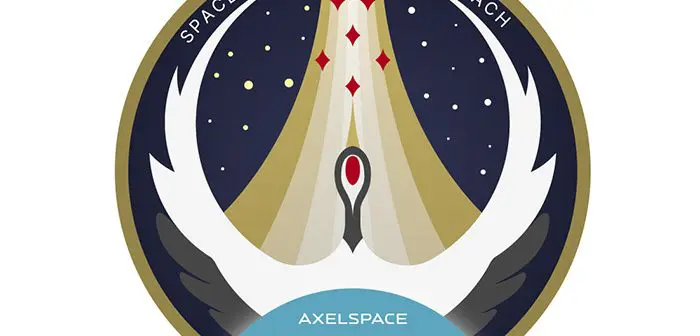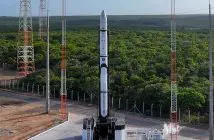
“GRUS-3α” on Track for Launch this Summer for Performance Validation
Axelspace Corporation (“Axelspace”) has announced plans to launch seven next-generation Earth observation microsatellites, “GRUS-3,” in 2026. This will expand the company’s microsatellite constellation to include more than ten satellites, enabling observation of broader areas with increased frequency. Axelspace aims to meet growing demand across a wide range of fields, including environmental protection, financial product development, and real estate management, in addition to precision agriculture, forest monitoring, and map creation, to promote use of Earth observation data.
GRUS-3 will build upon Axelspace’s existing constellation of five microsatellites, “GRUS-1,” which provides services to government agencies and private companies in more than 30 countries worldwide.
The seven GRUS-3 microsatellites will capture images of the Earth’s surface at the same location and nearly the same time every day for locations north of 25 degrees latitude, under stable sunlight conditions year-round from a sun-synchronous orbit at an altitude of 585 km. Each satellite has an effective swath of 28.3 km and a maximum capture length of 1,356km. With a combined daily capture capacity of 2.3 million km² across seven satellites, and our unique tasking capabilities that enables targeted area imaging, Axelspace supports timely information gathering and decision-making.
GRUS-3 satellites feature a spatial resolution (GSD) of 2.2 meters. In addition to capturing visible light, these are equipped with sensors capable of monitoring plant growth conditions, coastal seaweed beds and landscape.
Yuya Nakamura, President and CEO of Axelspace Corporation, said, “With the launch of seven GRUS-3 microsatellites, we will be able to observe a wider area more frequently than ever before. By adopting new observation equipment, the image quality will be improved compared to GRUS-1. We will provide enhanced services to our existing customers and continue developing solutions to meet emerging needs, further expanding the use of space.”
Axelspace also plans to launch a microsatellite “GRUS-3α” no earlier than June 2025 to verify the performance of the versatile satellite platform, a standardized platform for satellite function and structure across diverse missions, and the telescope used in GRUS-3.
About GRUS-3
- Number of satellites: 7
- Name: GRUS-3A/3B/3C/3D/3E/3F/3G
- Satellite wet mass: Approximately 150kgSatellite envelope: 96cm x 78cm x 126cm
- Spatial resolution: 2.2m
- Effective swath: 28.3km
- Maximum capture length: 1,356km
- Band: Panchromatic, Coastal Blue, Blue, Green, Red, Red edge, Near infrared
- Orbit altitude: 585km
- Orbit type: Sun-synchronous
About GRUS-3α
- Name: GRUS-3α
- Satellite wet mass: Approximately 150kg
- Satellite envelope: 96cm x 78cm x 126cm
- Orbit altitude: 585km
- Orbit type: Sun-synchronous
Launch details for GRUS-3α
- Date: No earlier than June 2025
- Site: Vandenberg Space Force Base, California, USA
- Vehicle: Falcon 9
- Mission: Transporter-14
- Launch Provider: SpaceX
To host the missions of GRUS-3 and GRUS-3α, Axelspace’s General-purpose (Versatile) satellite bus is based on results obtained from the following projects subsidized by the New Energy and Industrial Technology Development Organization (NEDO).
Development and Demonstration of General-Purpose CubeSat and Microsatellite Buses (FY2023- 2026)
*This project is implemented by the Ministry of Economy, Trade and Industry from FY2021 to FY2022





